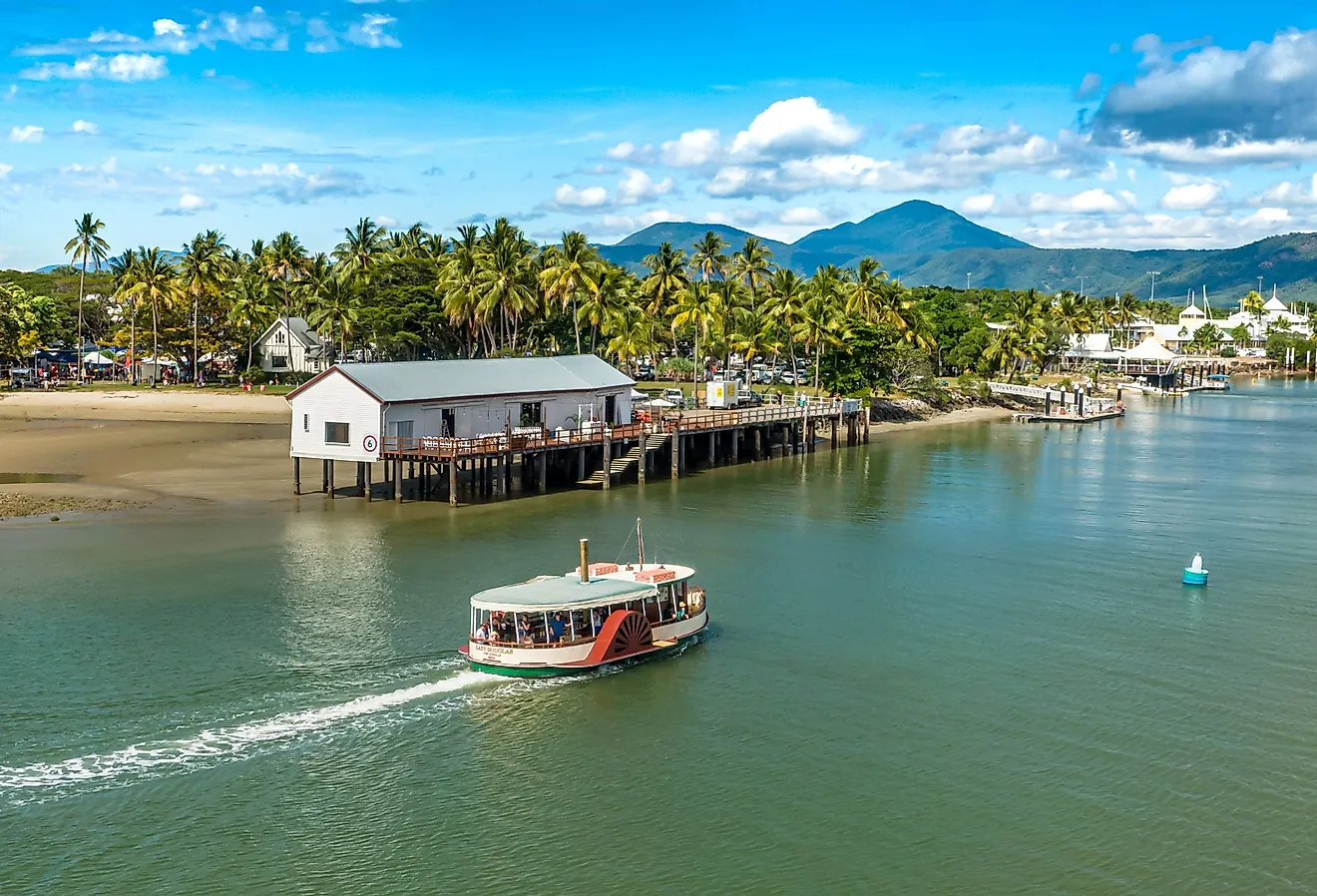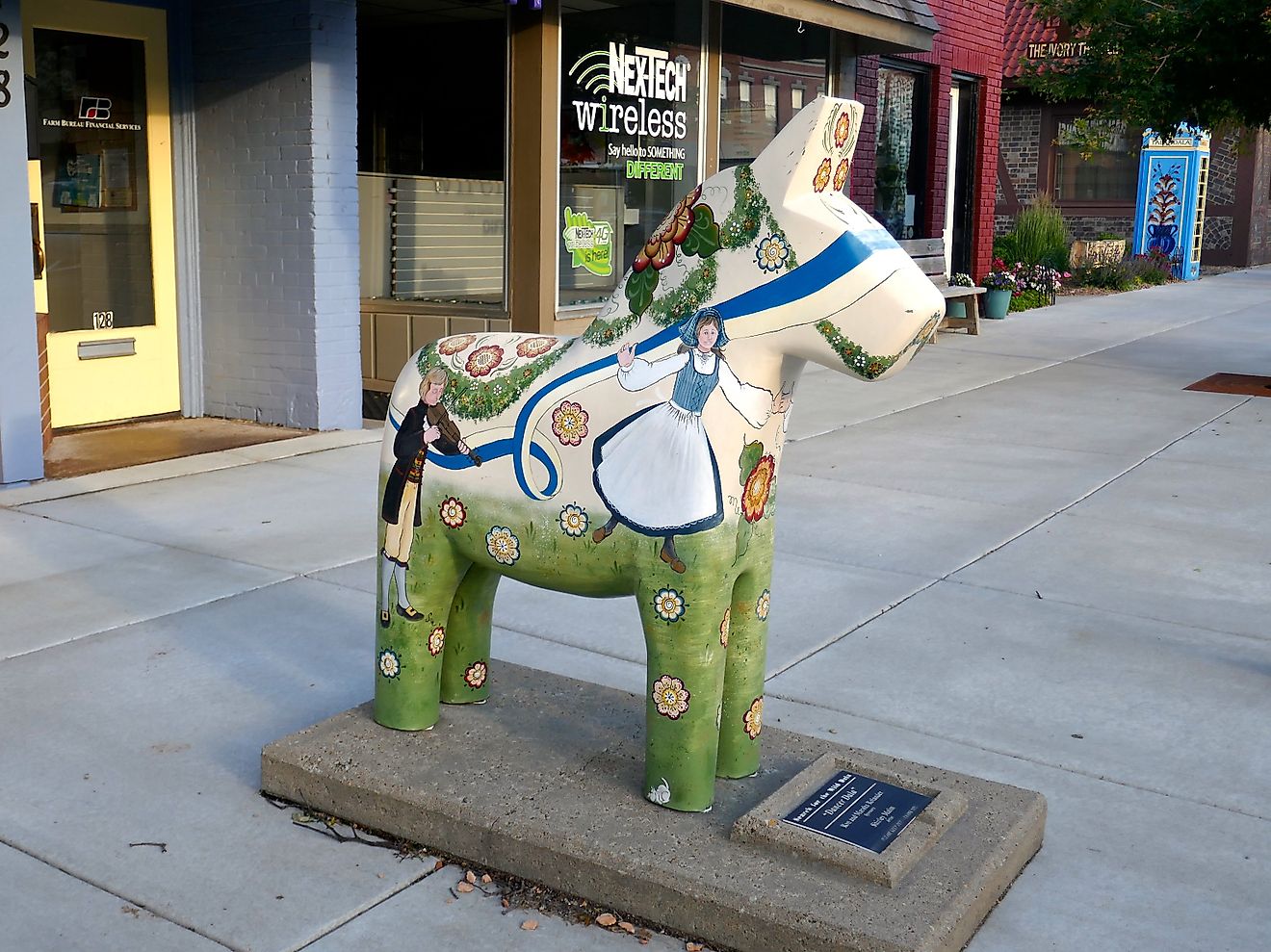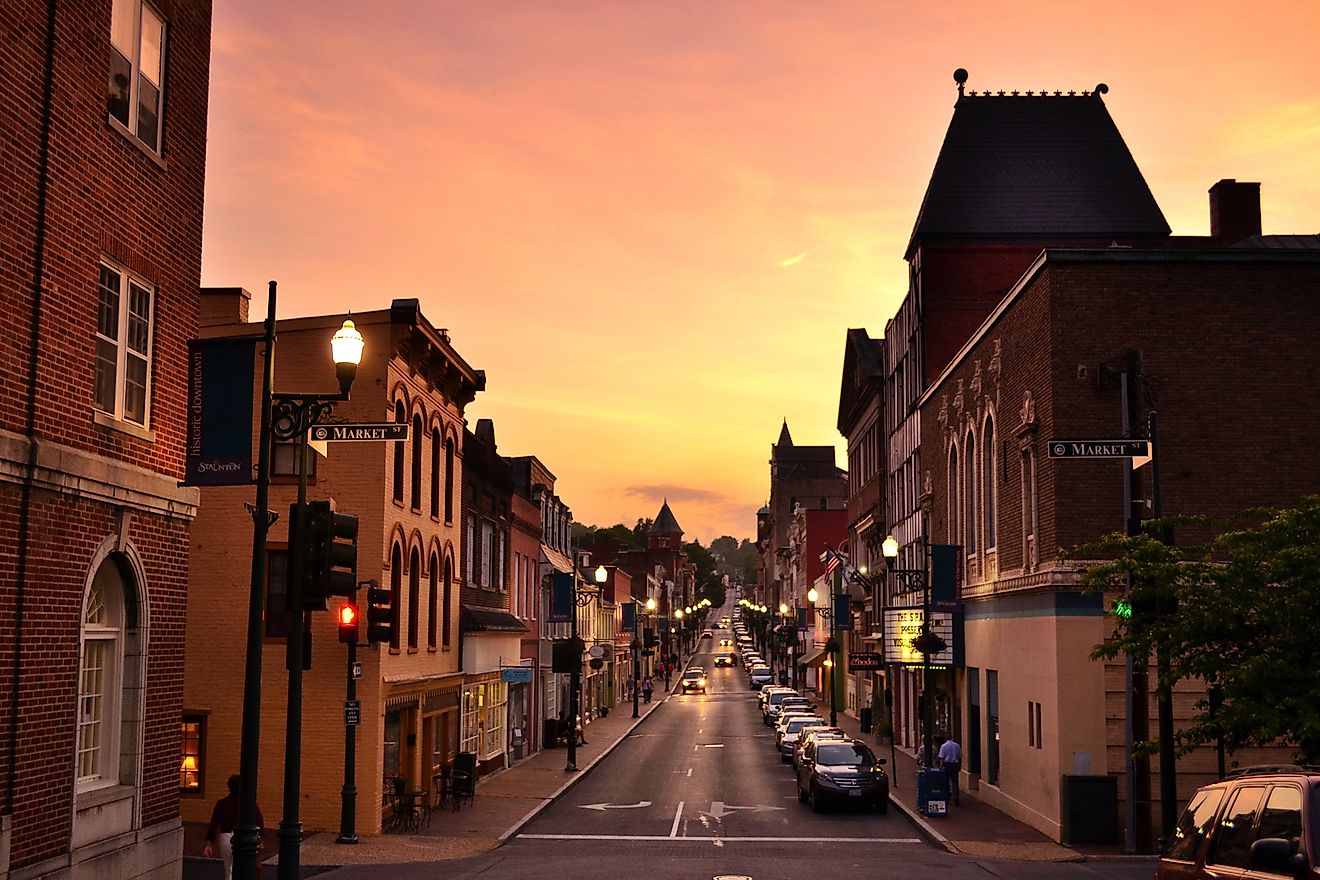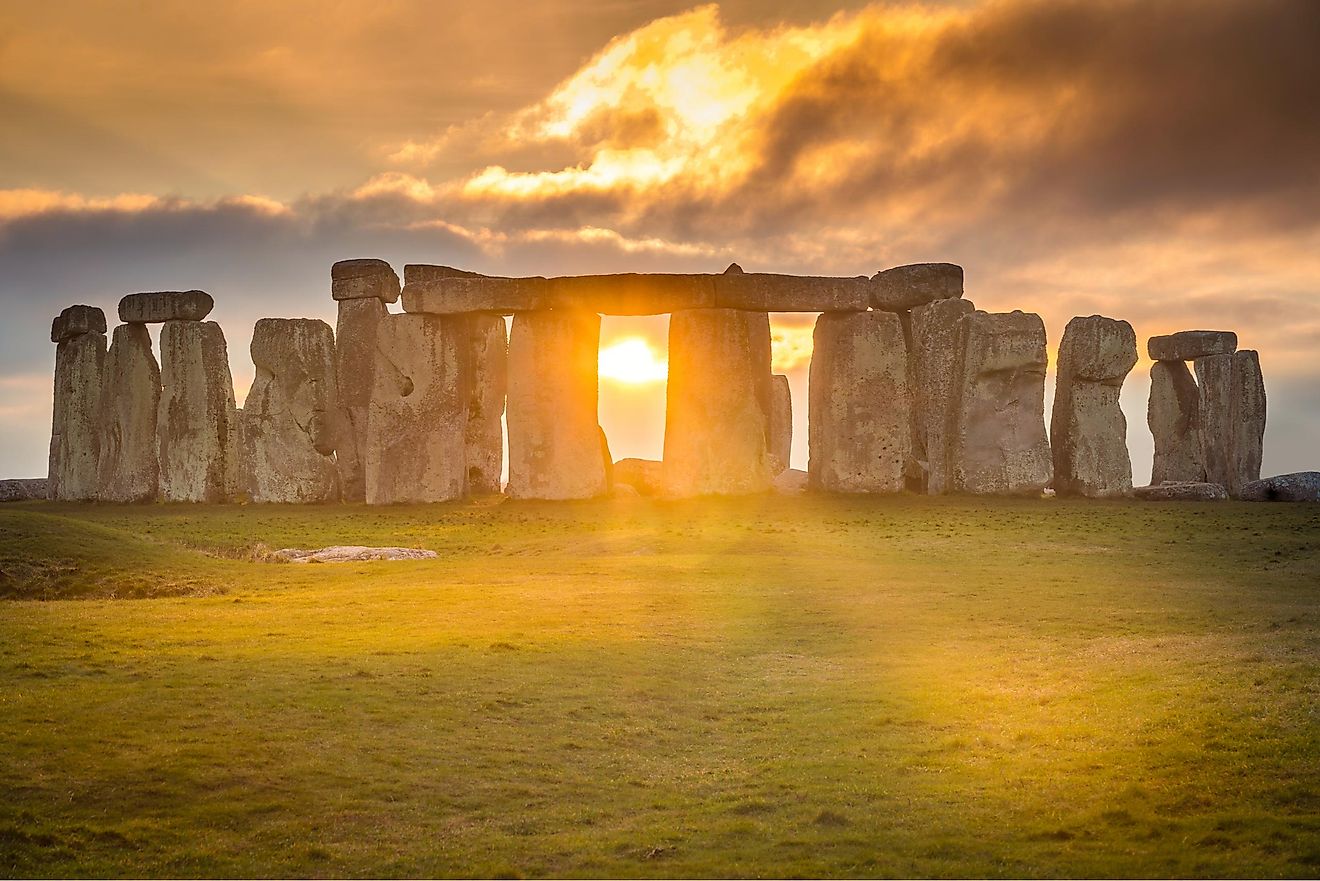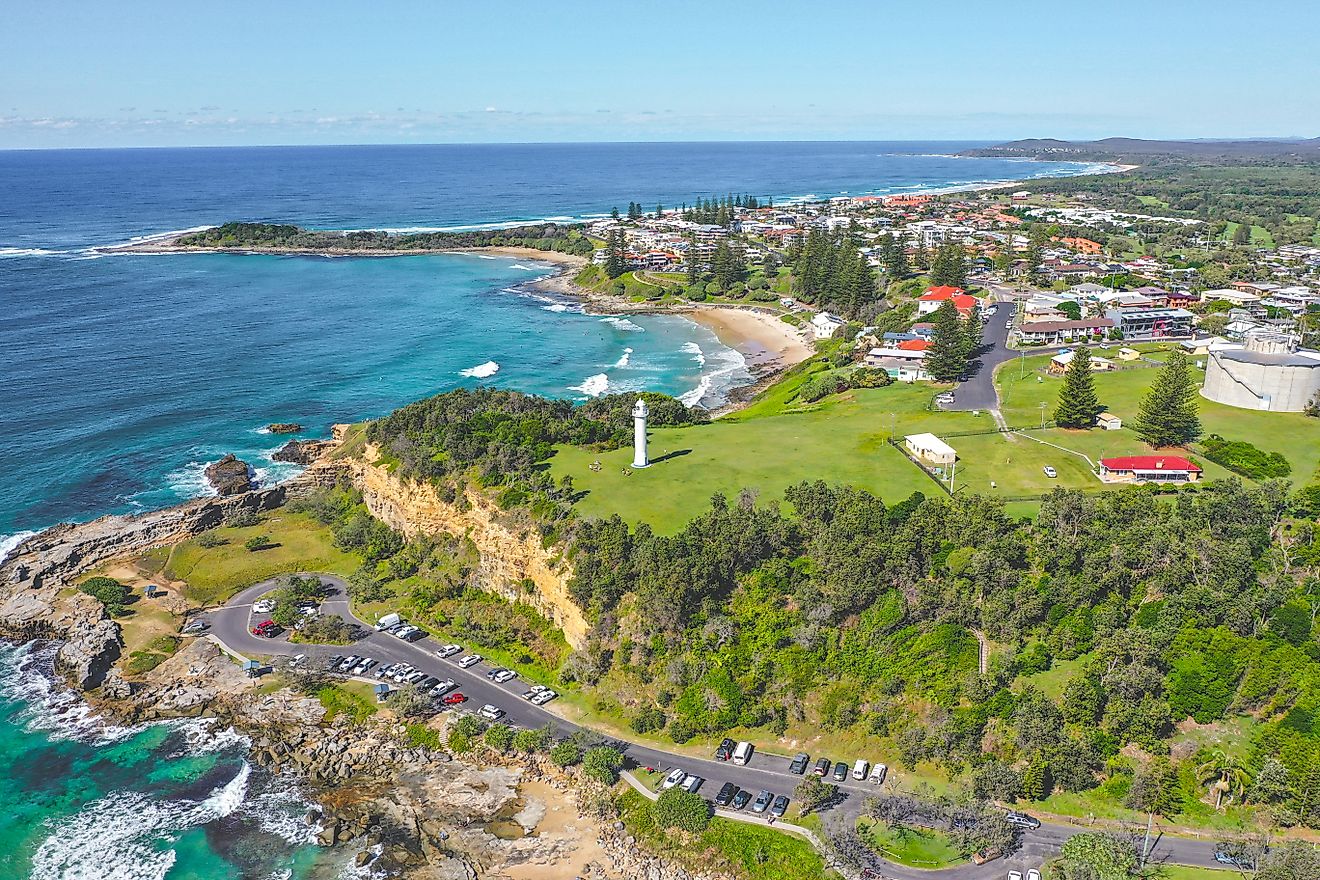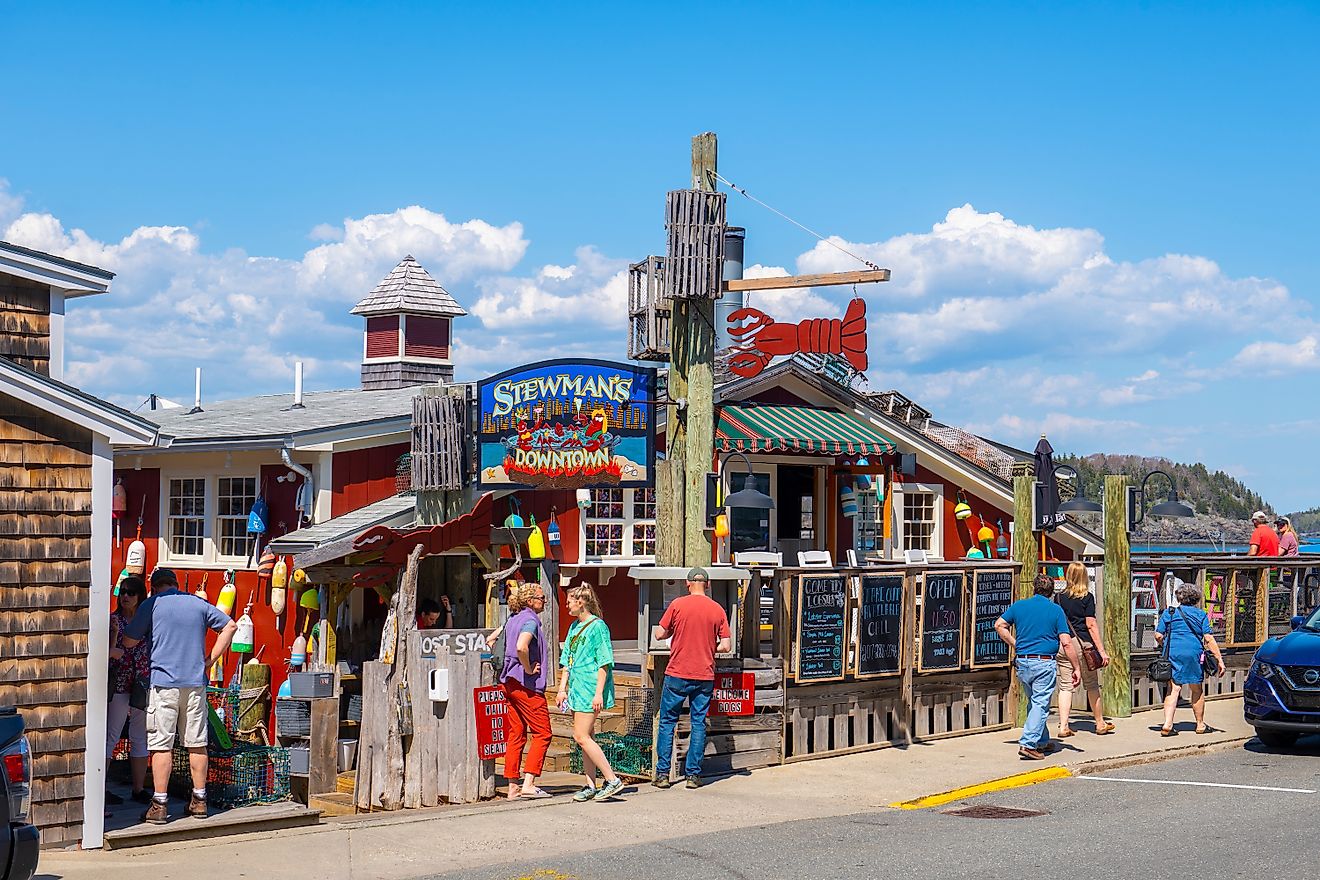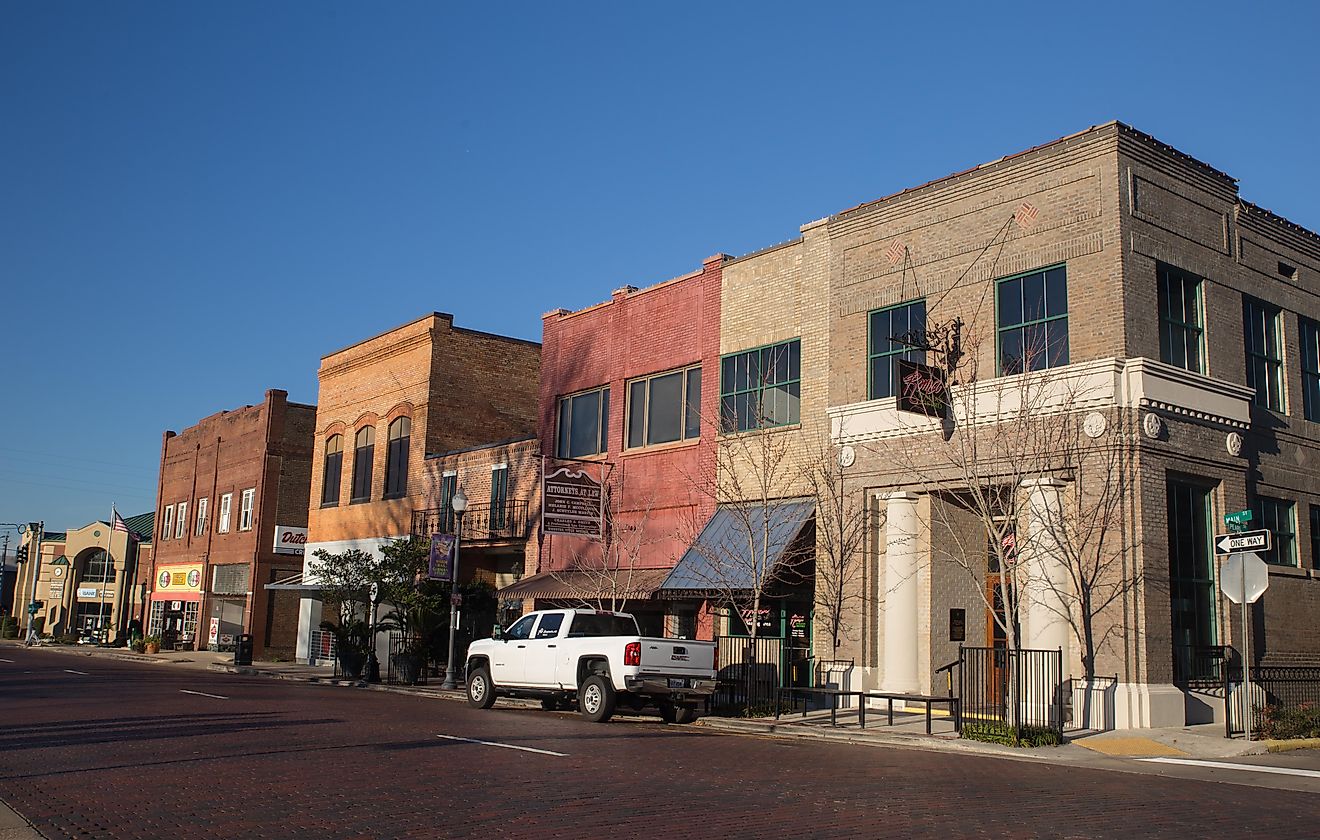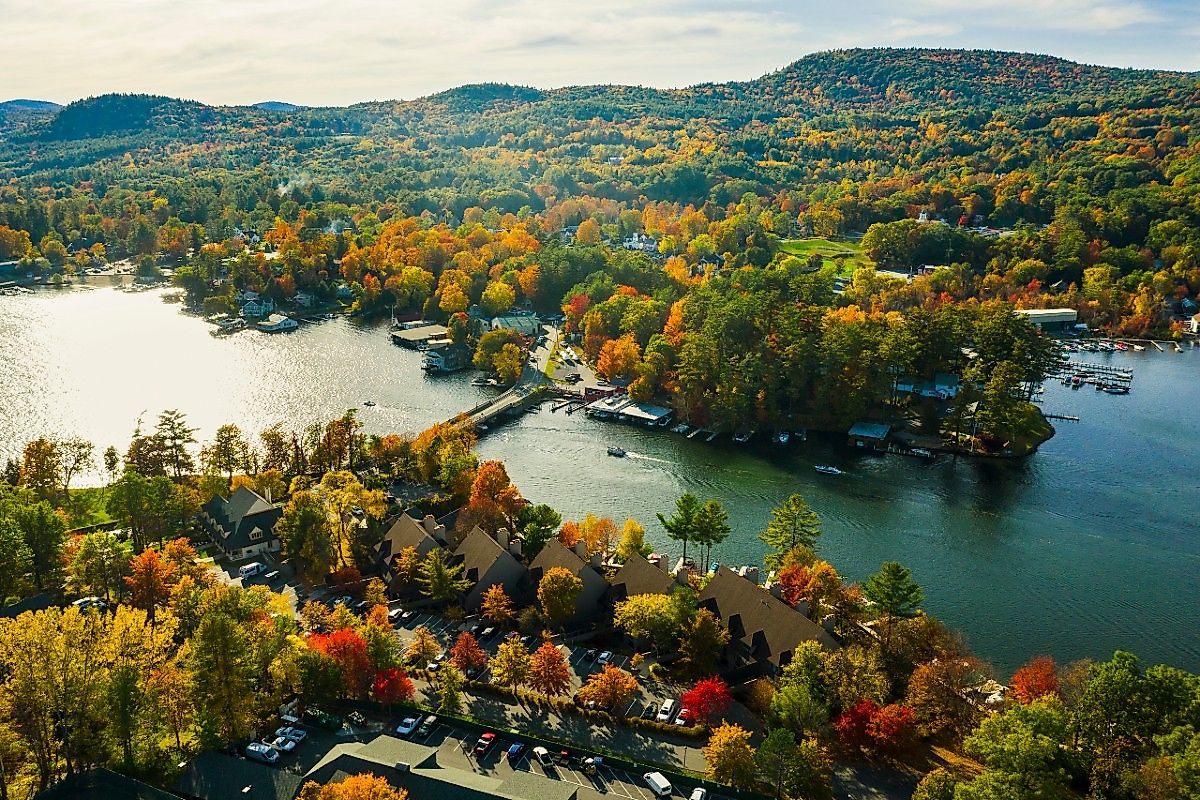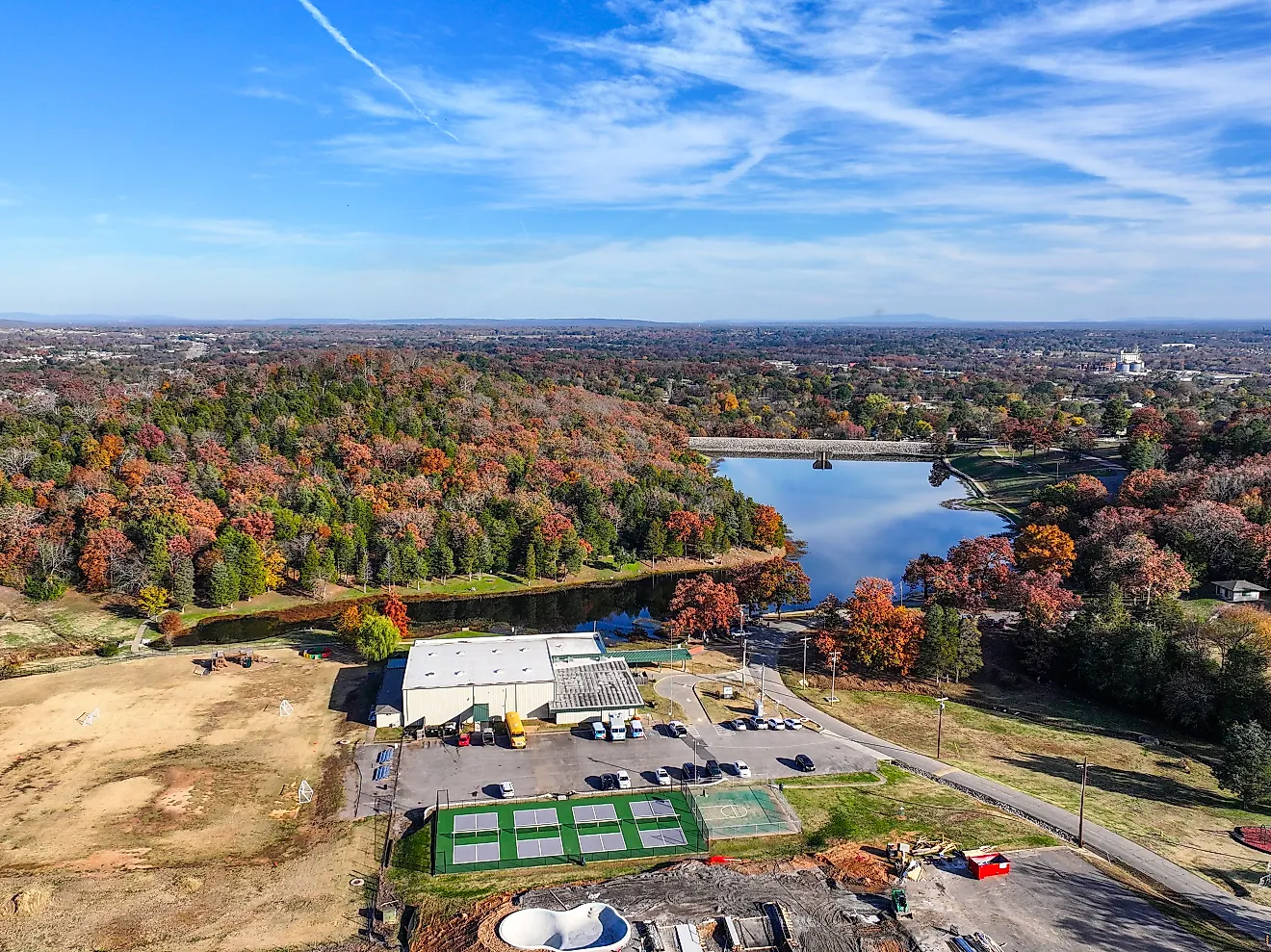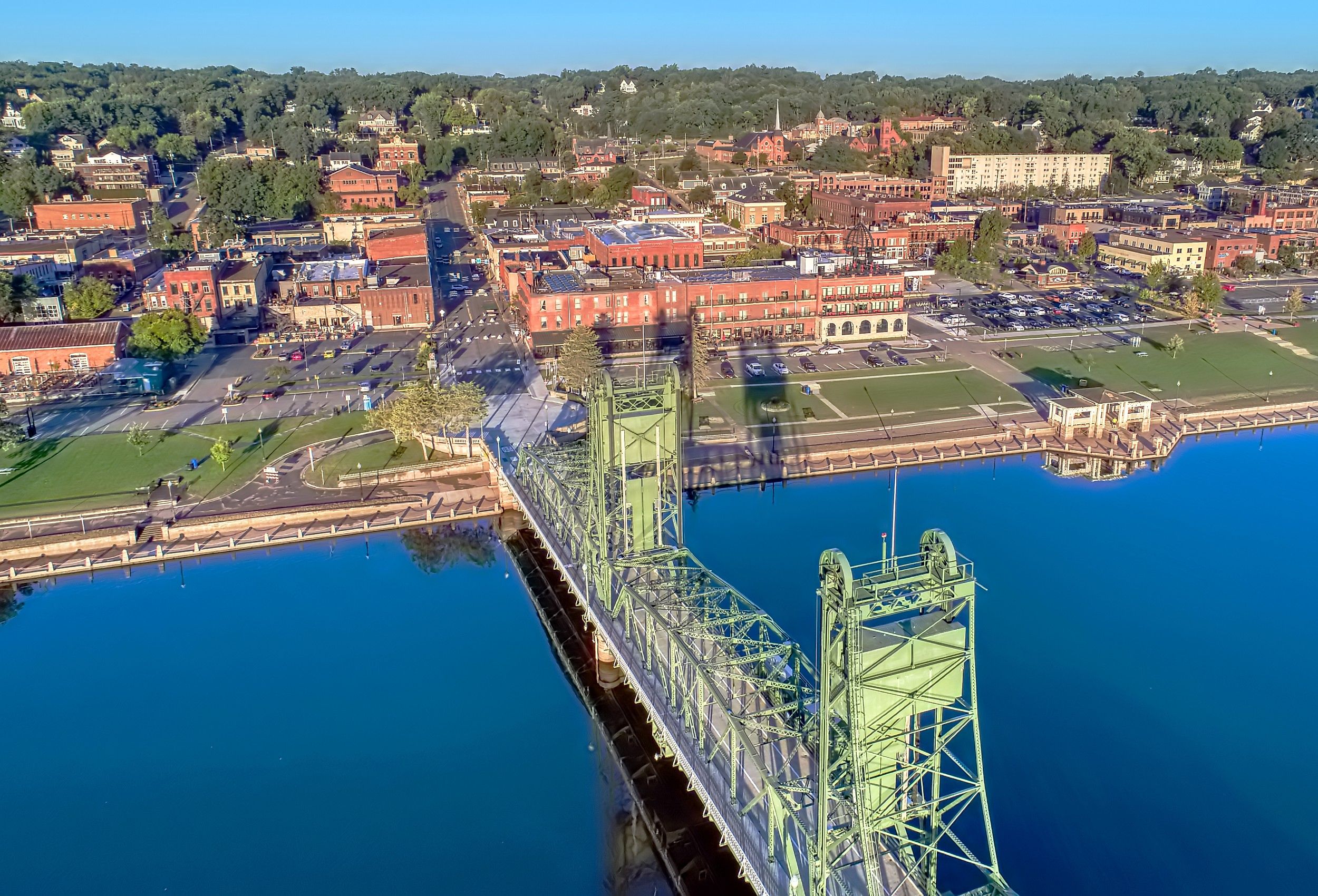
This Minnesota Town Is Older Than the State Itself
Set high on the bluffs above the St. Croix River, Stillwater holds the distinction of being Minnesota's oldest town. Founded in October 1843 with the formation of the Stillwater Lumber Company, this historic riverfront community ended up playing a major role in the establishment of the North Star State just a few years later.
It was in August 1848 that delegates met at the corner of Myrtle and Main streets in Stillwater for the territorial convention that began the process of establishing Minnesota as a state, something it achieved in May 1858. This pivotal gathering earned Stillwater its nickname as the "Birthplace of Minnesota," a title the town wears proudly. Stillwater was officially incorporated as a city in March 1854, on the very same day as Saint Paul, 20 miles to the west, but by then it had already been a thriving lumber town for over a decade.
The story of Stillwater, however, begins with its strategic location on a calm stretch of the St. Croix River. It was this natural “stillwater” that inspired town founder and future state senator John McKusick to give the settlement its unique name (that, and the fact he hailed from Stillwater, Maine). With its narrow, high-banked shoreline and multiple channels created by small islands, it was an ideal location for McKusick to set up a sawmill to capitalize on the region’s log boom.
Stillwater’s Logging Years

It was the relocation of the St. Croix Boom Company in 1856 that really elevated Stillwater’s importance as a lumber town. Chartered in 1851, the company had been granted the right to collect logs before sorting and delivering them to the many sawmills set up along the riverbanks.
It was a major undertaking, with the St. Croix Log Boom using a series of booms (logs chained end-to-end across the river) to catch logs as they were floated downstream. Here, "boom rats" sorted them into holding pens before forming them into rafts bound for mills along the entire St. Croix Valley and as far south as St. Louis.
This “boom town” period lasted right up to 1914, transforming Stillwater into one of Minnesota's most important cities. At the height of its log boom, Stillwater's lumber mills turned out thousands of rail cars of timber, which ultimately powered construction across the newly opened up American West and further growth in already-established towns in the Midwest and East Coast.
Historic Landmarks Tell the Stillwater Story
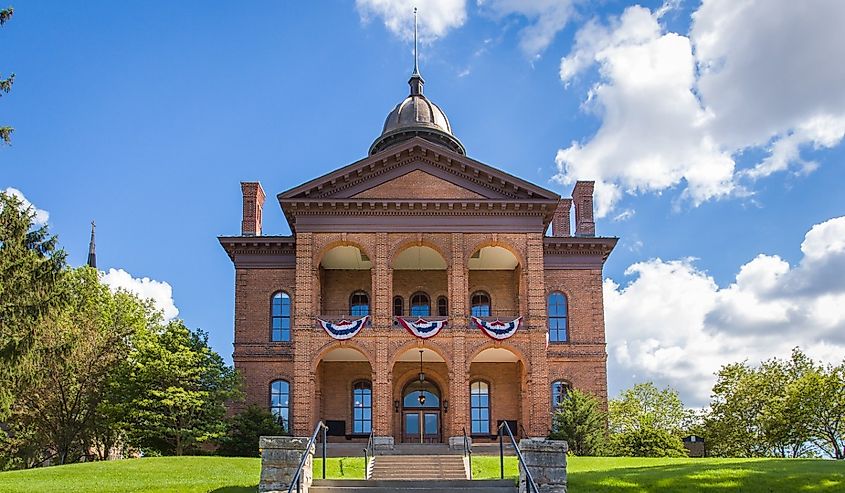
The evidence of the town’s key role in the establishment of the state, as well as its lumber-inspired boom, is still very much in evidence across Stillwater. Built in 1870 on a hill overlooking downtown Stillwater, the Washington County Historic Courthouse is Minnesota's oldest functioning courthouse and served as the county seat for over 100 years. Now part of Washington County Park, the Historic Courthouse offers free guided and self-guided tours, fun activities for families, as well as educational programming.
Warden's House Museum also helps paint a fascinating look into Stillwater’s early years. Constructed in 1853 to house the warden of the Minnesota Territorial Prison, its rooms have been set up to represent the period and provide a fascinating glimpse into the prison. Compelling exhibits also tell the story of the outlaws once held here, including members of the notorious James-Younger Gang. Guided tours are available.
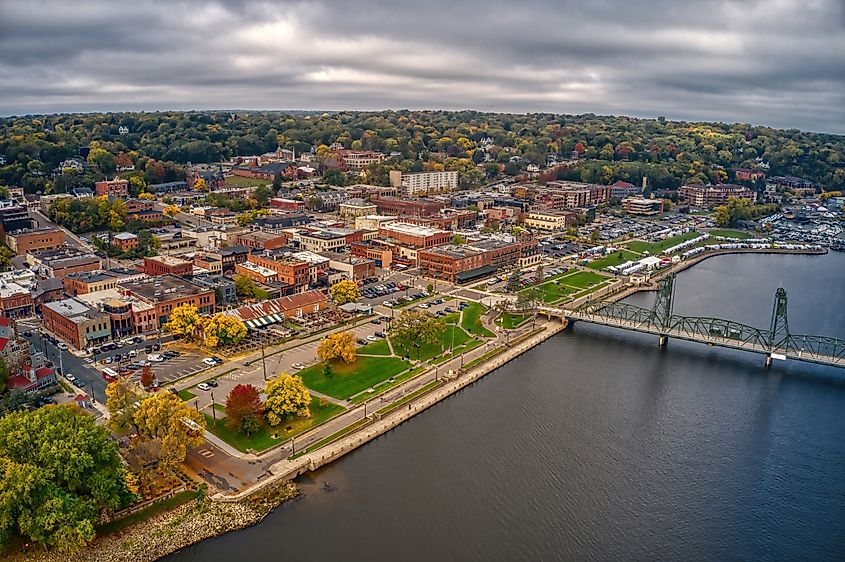
Perhaps no structure better symbolizes the town’s importance than the Stillwater Lift Bridge. Constructed in 1931, this 10-span bridge, now used only by pedestrians and cyclists, is a rare surviving example of a vertical-lift highway bridge of the Waddell and Harrington type. During summer months, it raises and lowers every half hour to allow boats to pass, creating a spectacle that draws crowds to the riverfront. It's now also part of a 4.7-mile loop trail connecting Minnesota and neighboring Wisconsin.
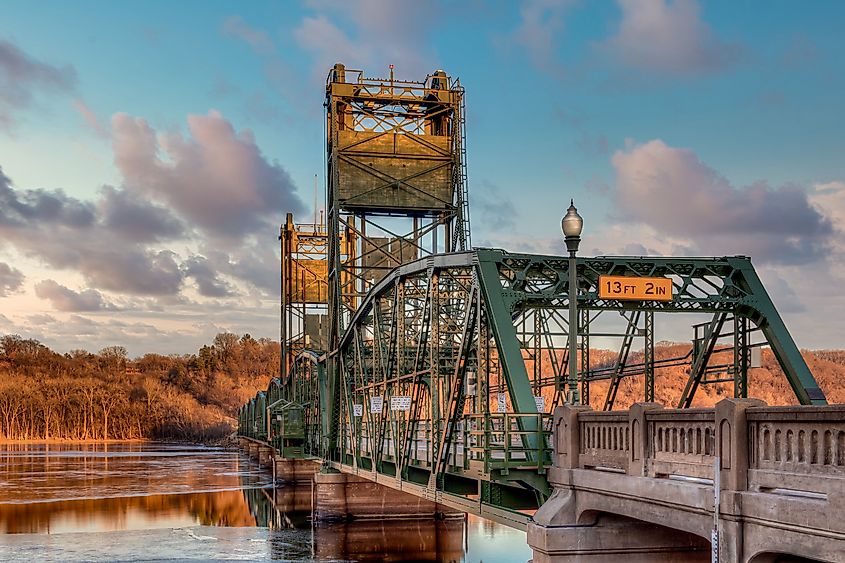
Three miles north of downtown, the St. Croix Boom Site State Wayside preserves the location where millions of logs were once sorted. Now designated a National Historic Landmark, interpretive signs and trails provide an understanding of the massive scale of the logging operations that once dominated this stretch of river.
Today’s Stillwater
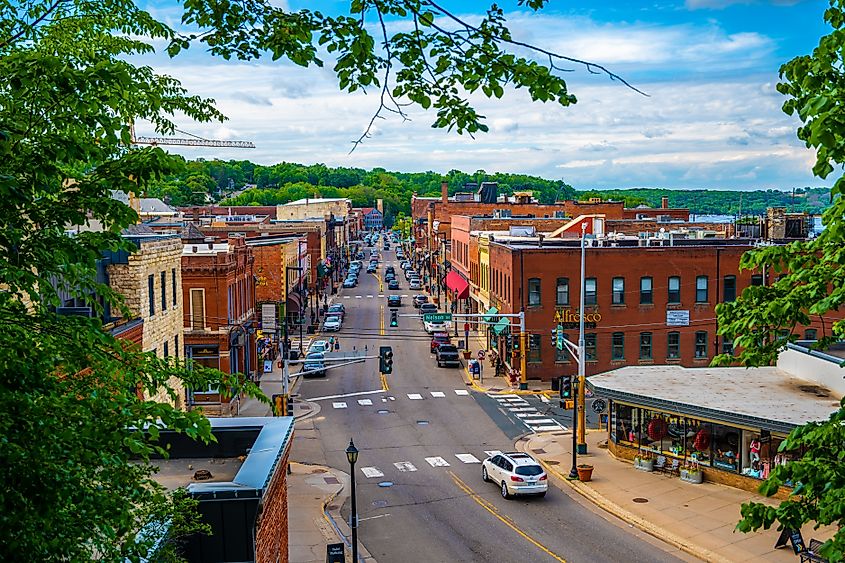
Pay a visit to this Minnesota river town today, and you will find no end of other fun things to see and do, too. Downtown Stillwater is listed on the National Register of Historic Places as the Stillwater Commercial Historic District and covers an impressive 11 blocks of well-preserved architecture. Highlights include antique stores like Midtown Antique Mall and Staples Mill Antiques, both of which feature historic storefronts.
If you can, try to time a visit to coincide with one of Stillwater’s many fun events. One of the most popular options is October’s Stillwater Harvest Fest with its world-famous giant pumpkin weigh-off and pumpkin regatta on the St. Croix River (participants actually paddle these giants downstream). July’s Stillwater Lumberjack Days celebrates the town's logging heritage with live music, a parade, and river activities, while the Stillwater Trolley Company offers 45-minute narrated tours through the historic districts.
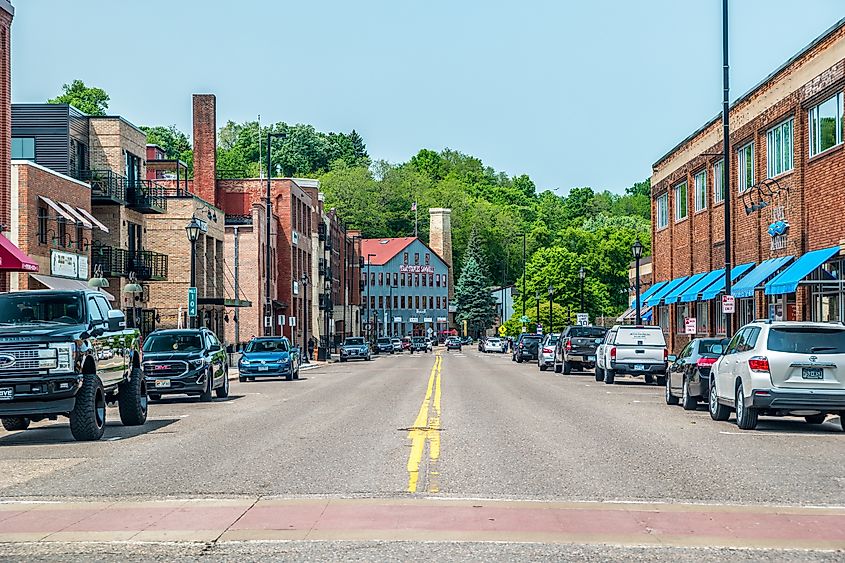
Stillwater is also making a name for itself as an ideal getaway destination in Minnesota. Unique accommodation options include the Water Street Inn, a Victorian-era hotel located on the St. Croix River in the heart of downtown (be sure to request a river view). Lowell Inn, established in 1927, features romantic guest rooms and has even been dubbed the "Mount Vernon of the Midwest" for its 13 pillars representing the Thirteen Colonies.
The Final Word
From frontier lumber town to a fun weekend place for a getaway, Stillwater's transformation shows just how a town’s past can influence its future. Whether you are here for the river views or to stroll along the very streets where Minnesota's statehood began, Stillwater, the oldest town in Minnesota, provides a unique glimpse into the early years of the North Star State.
